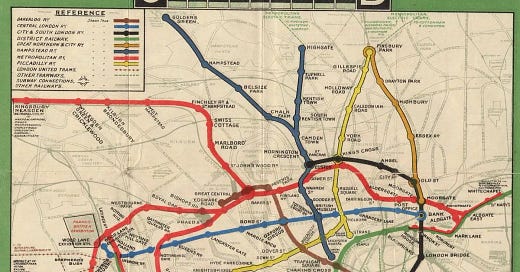A few months ago I began an experiment. I invited several former students, a couple colleagues, and my beloved activist aunt to participate in a workshop. I knew that each of these folks had a pressing social issue they were trying to solve. I knew each of them were interested in finding breakthrough approaches, not just making marginal progress. And I knew that they would have fun getting to know people working on very different problems from their own.
Together, we looked at everyone’s problems through a technique I’ve been using for a number of years: the Social Lens Framework. The big idea is that by concentrating on on several specific elements of each problem one at a time, we can unlock new perspectives and possibilities. Each of these lenses helps clarify the problems’ connection to the deeper social norms that hold problems in place. When we see the norms more clearly, our ideas about the problem can be transformed.
I’ve already taught these concepts in various settings, but in this seminar there was a new twist: the power cell was the participants’ connections across different professional fields and areas of concern. Overcoming your own biases and seeing the norms of your own field is notoriously difficult, but questions from well-meaning outsiders can jump-start the process.
Here are a few of the insights we reached together, organized by social lens:
The Actors Lens helps us better understand people and institutions. We used this lens to examine the disconnect between policymakers and those most affected by their decisions.
The Limits Lens focuses on rules and laws. We used this lens to understand that advocates for the nursing profession may not be as constrained as they imagine.
The History Lens is all about stories, real and imagined. We looked through this lens to reimagine who deserves to be an advocate for cancer patients.
The Future Lens focuses on expectations about what’s likely and unlikely. With this lens, we came to understand how assumptions about the meaning of success restrict entrepreneurs’ concepts of mental health.
The Configuration Lens sees the structures behind words and categories. We looked through this lens and saw the many punitive assumptions built into the child welfare system.
The Parthood Lens shows how any problem fits into a greater whole. With this lens, we saw how a U.S.-Mexico border community could realize its potential by connecting with the artistic economy.
In the last session, the participants’ main message to me was how grateful they were for the interdisciplinary format. They said it was the perspective of outsiders that helped them see their problems differently. But we all wondered where this approach could go next.
So now I would love to hear your ideas.
To be sure, I would be happy to run seminars for folks in my personal network forever, though I need this format to evolve into a paid offering for it to be sustainable. But I’m curious about where we might find a consistent supply of people looking to make connections across the broad spectrum of social change. A few of my participants suggested large foundations or nonprofits with projects in many different subject areas and communities. I’d also love to do this kind of work with students still forming their ideas about how to change the world, though I doubt they could pay for it themselves. Maybe their institutions would see value in it?
What are your ideas? Who needs this kind of connection? Is it you or someone you know? I’d love to know what you think.




I love the multidisciplinary approach to problem-solving, and I wonder if a collaboration with the Othering and Belonging Institute at UC Berkeley might be a good fit as both a partner and an offering to folks especially interested in making social change.